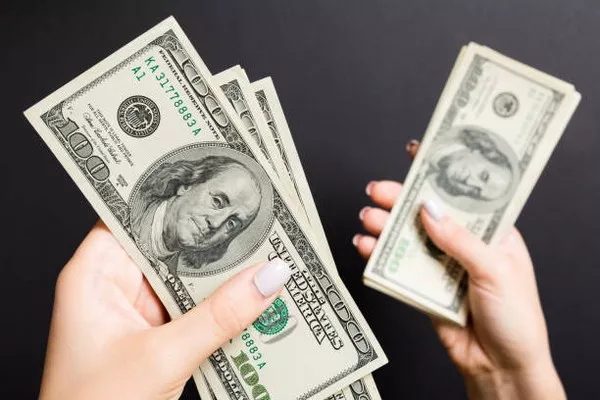In the world of currency, the one-dollar coin often stands as a symbol of monetary convenience. Despite its humble denomination, the one-dollar coin holds a unique position in the currency landscape, with its value extending far beyond the face value stamped on its metallic surface. In this article, we will delve into the multifaceted aspects that determine the actual worth of a one-dollar coin and explore the factors that contribute to its economic significance.
Face Value vs. Intrinsic Value:
At first glance, a one-dollar coin may seem to be worth exactly what is inscribed on its face: one dollar. However, the face value is merely the nominal worth assigned by the issuing authority and does not encapsulate the coin’s intrinsic value. The intrinsic value of a one-dollar coin is influenced by various factors, making it a nuanced subject for collectors, investors, and economists alike.
Metal Composition and Minting Costs:
One of the primary determinants of a one-dollar coin’s worth is its metal composition. Unlike paper currency, coins have tangible intrinsic value derived from the materials used in their production. Commonly, one-dollar coins are minted using a combination of metals, such as copper, nickel, and zinc. The actual cost of these metals, along with the minting process, contributes to the overall intrinsic value of the coin.
For instance, the composition of the coin, whether it’s a copper-nickel blend or contains precious metals, affects its market value. Precious metal coins may have a higher intrinsic value due to the inherent worth of the metals used in their production.
Collectibility and Rarity:
Beyond the metals used, the collectibility and rarity of a one-dollar coin significantly impact its market value. Coins that are scarce or have unique features are often more sought after by collectors, driving up their worth. Historical significance, limited editions, and specific mint marks can elevate a one-dollar coin’s value, transforming it from a pocket change oddity to a valuable collector’s item.
For instance, certain commemorative one-dollar coins, issued to mark special events or anniversaries, can fetch prices far exceeding their face value in the collector’s market. The rarity and demand for these coins create a secondary market where prices can fluctuate based on supply and demand dynamics.
Condition and Grading:
Just like any other collectible item, the condition of a one-dollar coin plays a pivotal role in determining its value. Coins that are well-preserved, free from tarnish, scratches, or other imperfections, often command a higher price in the collector’s market. Numismatic organizations and professional grading services assess the condition of coins on a scale, assigning grades that reflect their overall state.
The grading scale ranges from poor to perfect, with higher grades indicating better condition. A one-dollar coin in pristine condition with a high grade can significantly increase its market value, making it more appealing to collectors and investors alike.
Historical Significance and Cultural Value:
The historical context and cultural significance of a one-dollar coin can also contribute to its worth. Coins that play a role in significant historical events, feature iconic symbols, or represent a specific era can become prized artifacts for collectors interested in the intersection of history and numismatics.
For example, the Susan B. Anthony dollar, introduced in 1979, holds historical importance as the first circulating U.S. coin to feature a woman. The coin’s place in history adds an extra layer of value, making it a notable addition to many coin collections.
Investment Potential:
In recent years, the role of one-dollar coins as an investment has gained traction. While the face value remains constant, investors view these coins as a tangible asset with the potential for appreciation over time. The factors that contribute to a coin’s collectibility, rarity, and condition also make it an appealing option for those looking to diversify their investment portfolios.
Investors may track the market trends of specific coins, considering factors such as mintage numbers, collector demand, and historical performance. The fluctuating nature of the coin market adds an element of risk, but for some, the potential for significant returns is worth the investment.
See Also Dollar Coins at the Bank: A Comprehensive Guide” href=”https://www.fxcurrencyconverter.com/archives/48066″>Acquiring One Dollar Coins at the Bank: A Comprehensive Guide
Conclusion:
In conclusion, the worth of a one-dollar coin extends far beyond its nominal face value. The intricate interplay of metal composition, rarity, condition, historical significance, and investment potential collectively determine the coin’s true value. Whether held for sentimental reasons, collected as a hobby, or considered as a potential investment, the one-dollar coin stands as a fascinating intersection of history, art, and finance. As collectors and investors continue to appreciate the nuanced worth of these coins, the market for one-dollar coins remains dynamic, offering opportunities for discovery and value appreciation in the world of numismatics.


